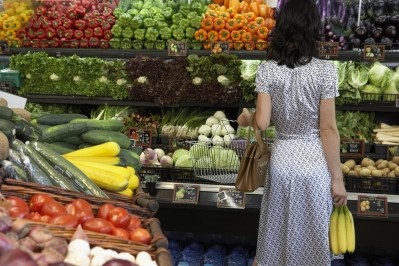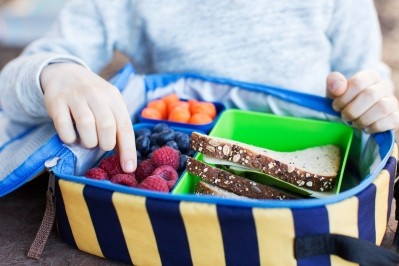New parents buy more fresh produce, study finds

The study, published in the Journal of Nutrition Education and Behavior, looked at Nielsen Homescan Consumer Panel data, which included over 40,000 participants (over a nine-year period) who used in-home scanners to track all of their grocery purchases.
Nielsen also collects demographic information from each household such as number of children, employment status, and education level.
The authors used demographic data from 2007 to 2015 to determine that 508 panelist became parents during the study period. Researchers took a closer look at grocery spending of these households to determine overall produce purchases.
"Although adult food preferences are considered relatively stable, major life events such as becoming parents may serve as a cue to behavior change," said lead author of the study Betsy Q. Cliff, a doctoral candidate in the Department of Health Management and Policy, University of Michigan School of Public Health.
"This creates opportunities for nutrition education programs aimed at increasing produce consumption."
According to the latest update to the Nestlé Feeding Infants and Toddlers Study (FITS), more than one-quarter of toddler don’t consume a single serving of vegetables on a given day (and when they do the most common form is French fries).
Changes in produce spending detected
Becoming a parent prompted an increase in the percent of a household's grocery budget spent on produce. According to the study, on average pre-parenthood households spent 10% of their budget on produce, which increased to 12% once the household included kids.
However, the increase was only apparent in households with an income greater than 185 percent of the US federal poverty level (about $39,000 for a family of 3 in 2019), noted researchers.
There was no detected change in purchases for low-income households.
"Increased purchasing by higher income households suggests further support is needed to help low-income new parents increase produce as a part of their families' diet," added Cliff.
Study limitations
While increased spending was identified, the factors that resulted in increased spending were not explored in this study.
Therefor, it is unknown if parents' changes in spending resulted from an increase in quality versus quantity of produce. Researchers added that other limitations of the data include was that it did not include food eaten outside of the home.
How can we get kids to eat more fresh fruits and vegetables? Are kids eating too many packaged snacks? Ask these questions and more at FoodNavigator-USA's FOOD FOR KIDS summit taking place in Chicago Nov. 18-20.


















